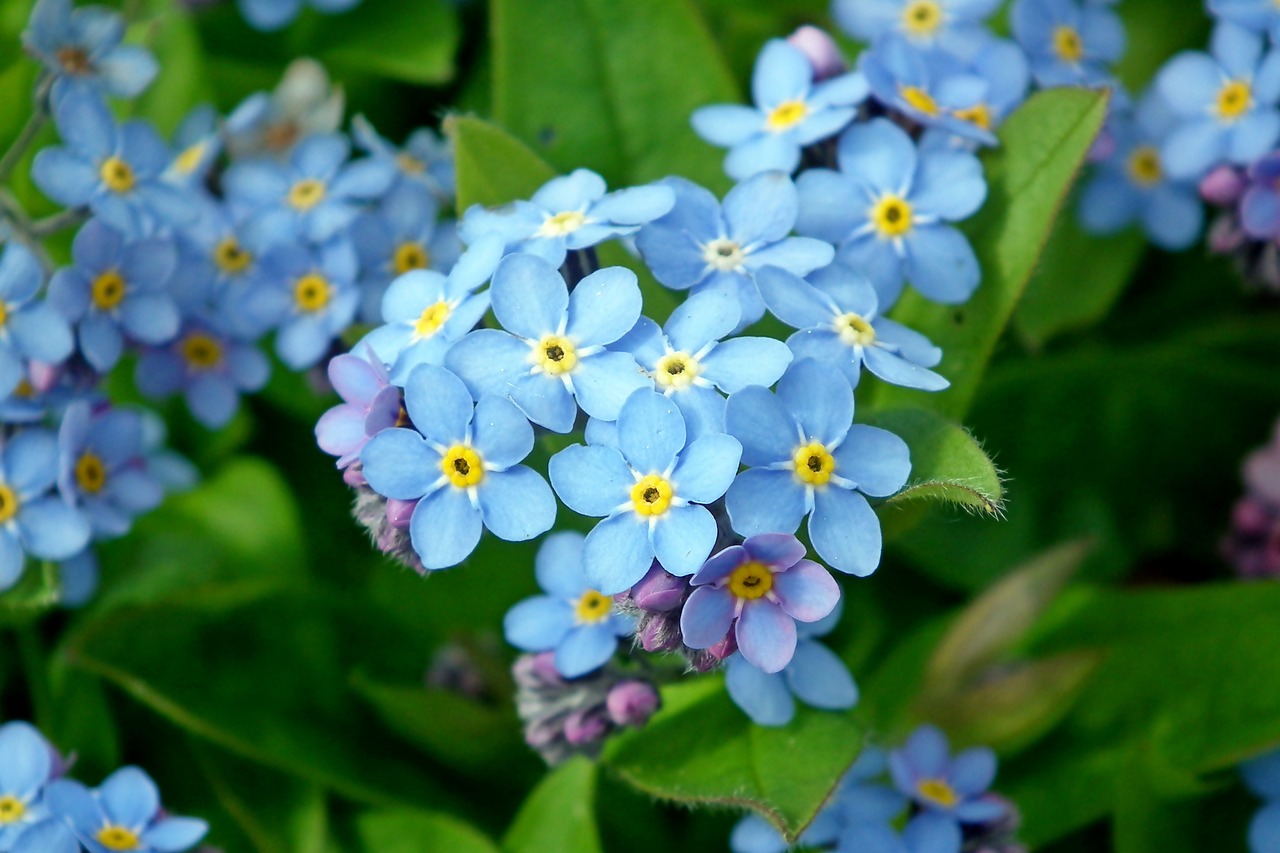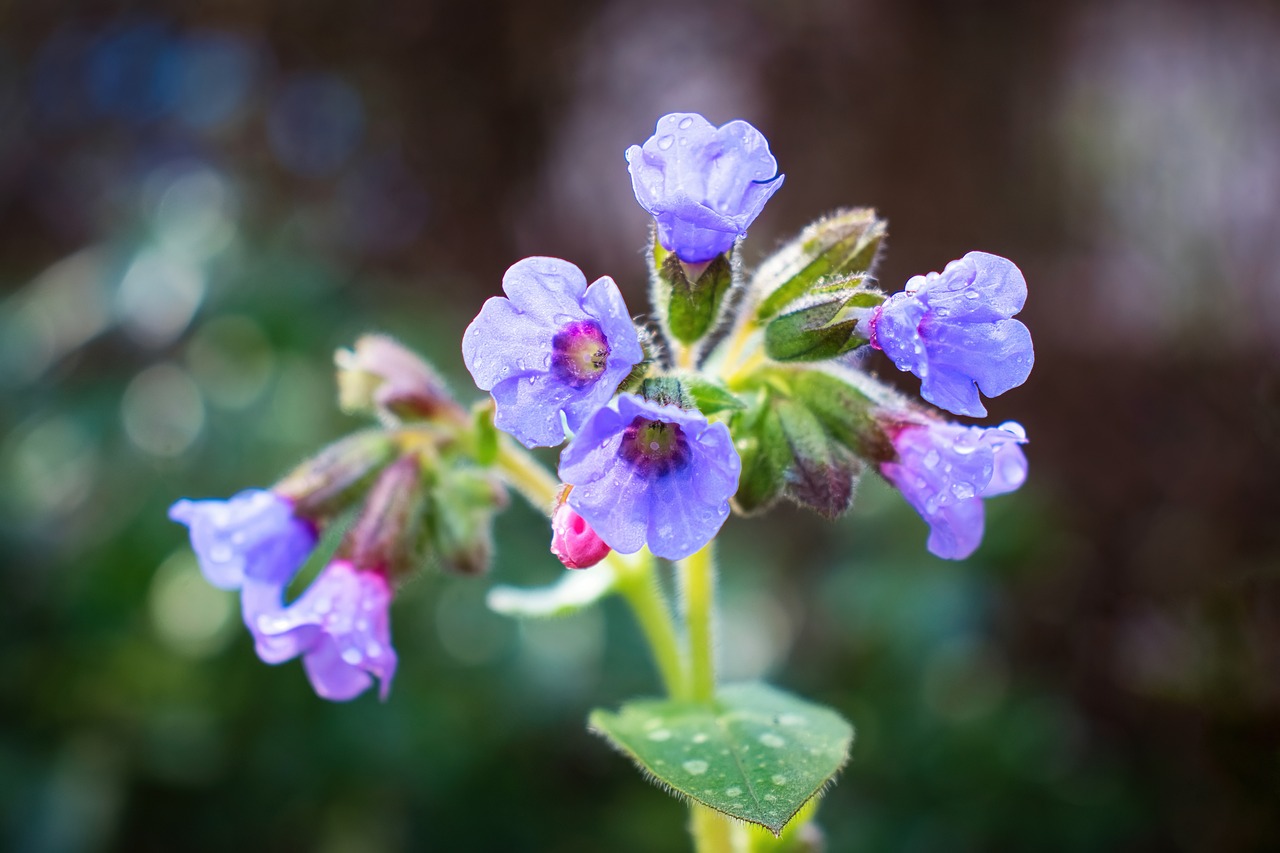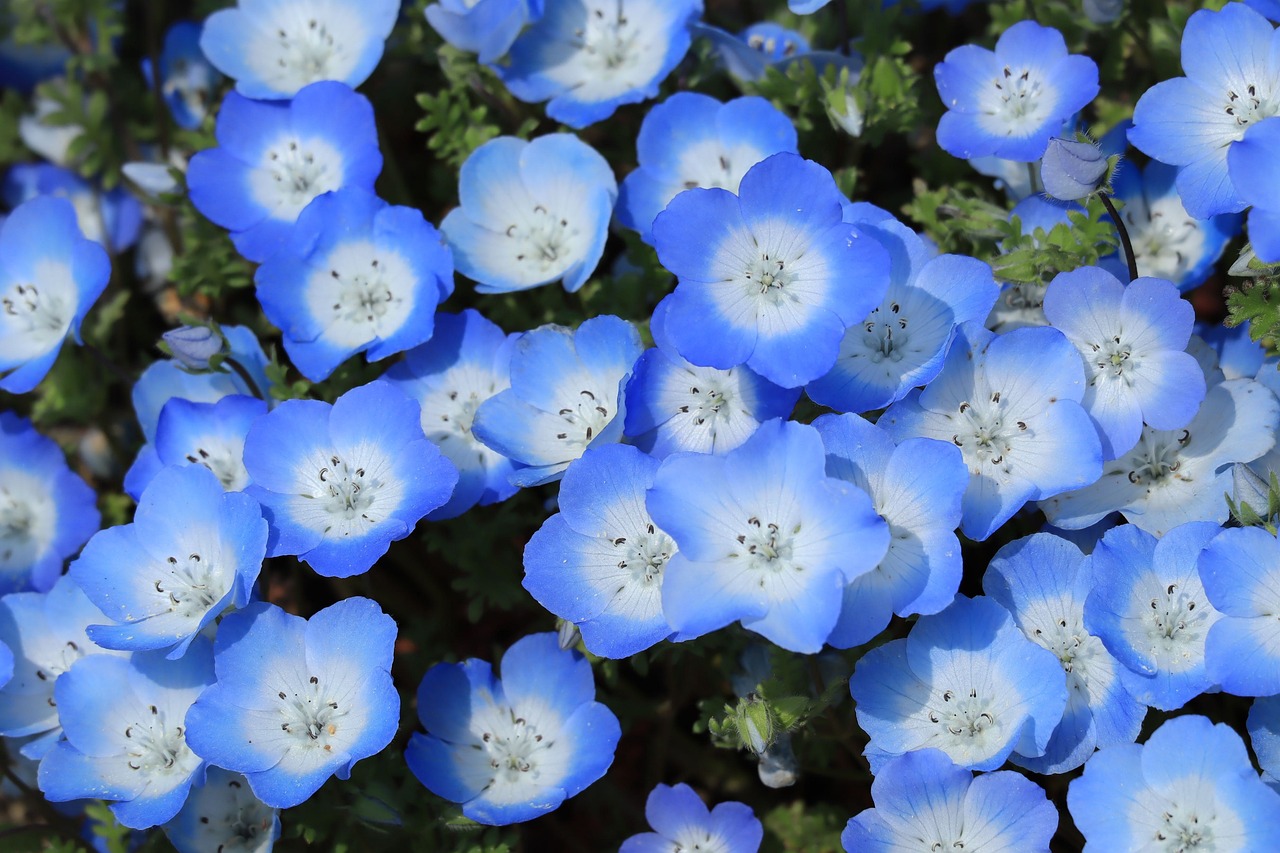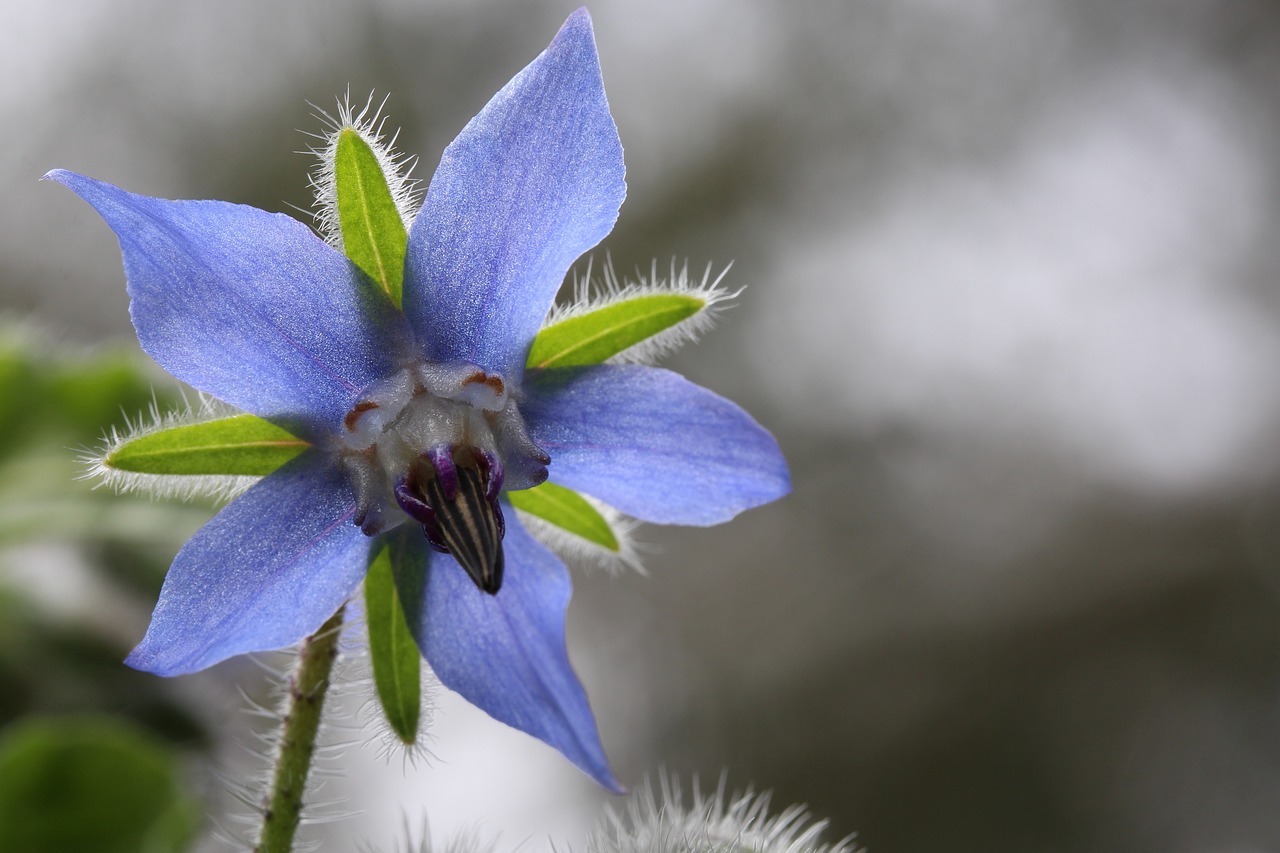Viper’s Bugloss | A Nectar Source Blooming in Wastelands
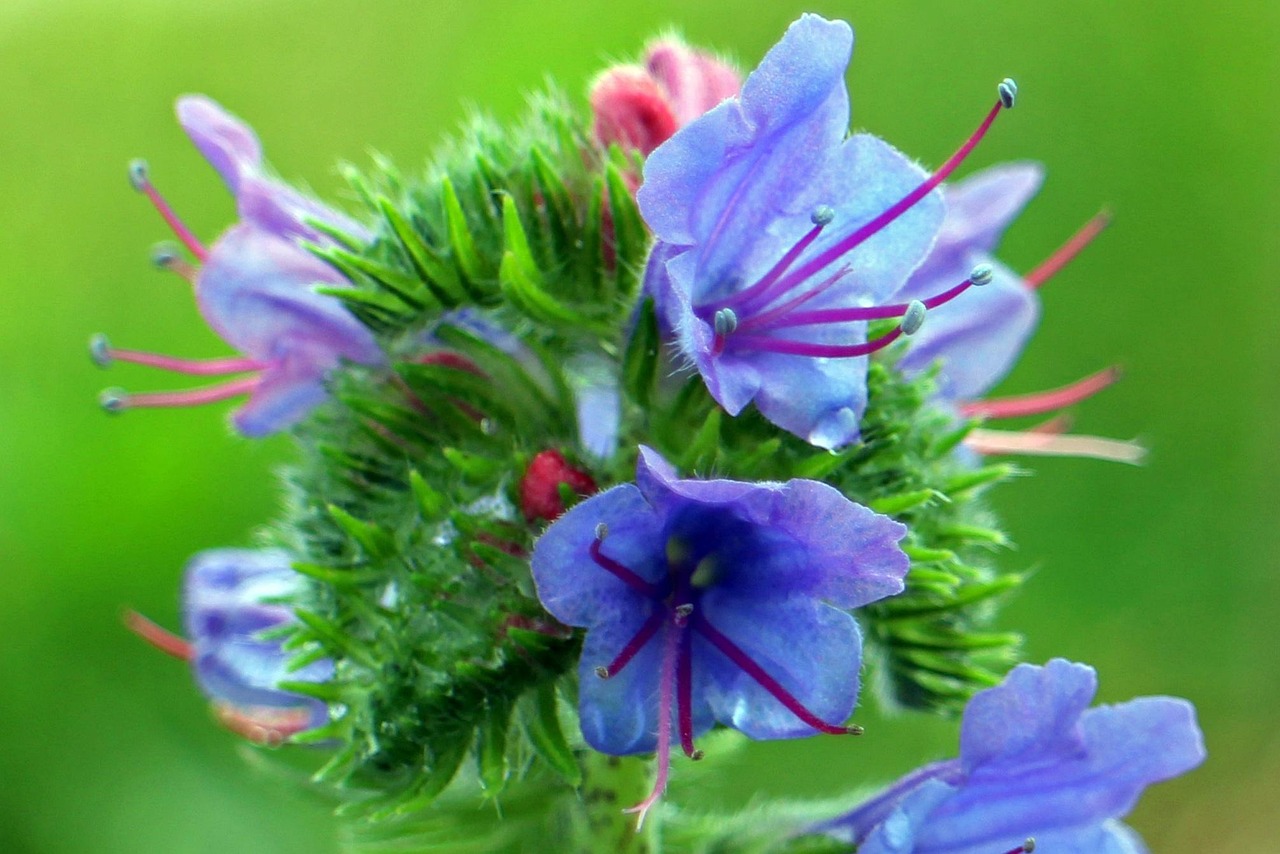
I introduce Echium vulgare, commonly known as Viper’s Bugloss, a plant with vibrant blue-purple flowers and slender stems that is widely distributed across Europe.
It thrives even in dry soils and is often found in wastelands, meadows, and along roadsides. Its flowers attract bees and butterflies, making it an ideal choice for pollinator gardens.
In this article, I explain the essential information, cultural background, historical significance, and cultivation tips for this fascinating plant.
Basic Information
- Scientific name: Echium vulgare
- Family: Boraginaceae
- Origin: Europe, Western Asia
- Appearance: Slender stems with numerous blue-purple flowers, each with prominent reddish stamens. Leaves are narrow and covered with rough hairs.
- Blooming season: Early summer to autumn (June–September)
Cultural Characteristics Around the World
Viper’s Bugloss is commonly seen in European grasslands and wastelands, and it carries symbolic meanings in various cultures.
In the United Kingdom, it is called “Viper’s Bugloss” because its curved stems resemble a snake and due to old folklore that associated it with snake bites.
In Germany and France, its ability to bloom vividly in dry soil symbolizes “strength” and “resilience,” and in some regions it is cherished as a flower that brings good fortune.
Because its blue-purple flowers attract bees, it has also been valued as an important nectar plant in beekeeping cultures, often planted near gardens and farmland.
Historical Background
Viper’s Bugloss has long grown wild in European pastures and wastelands, existing as part of daily life.
In medieval Europe, it was sometimes called the “snake’s guardian herb” and planted in gardens as a talisman to ward off venomous snakes.
According to some legends, knights carried it as a protective charm when heading into battle.
By the 17th century, it was classified in detail by English botanists, and its value as a garden plant became recognized.
From the 19th century onward, due to its drought tolerance and ease of care, it was introduced into naturalistic gardens and wildflower meadows, and today it is cultivated ornamentally in many countries, especially in Europe.
Gardening Advice
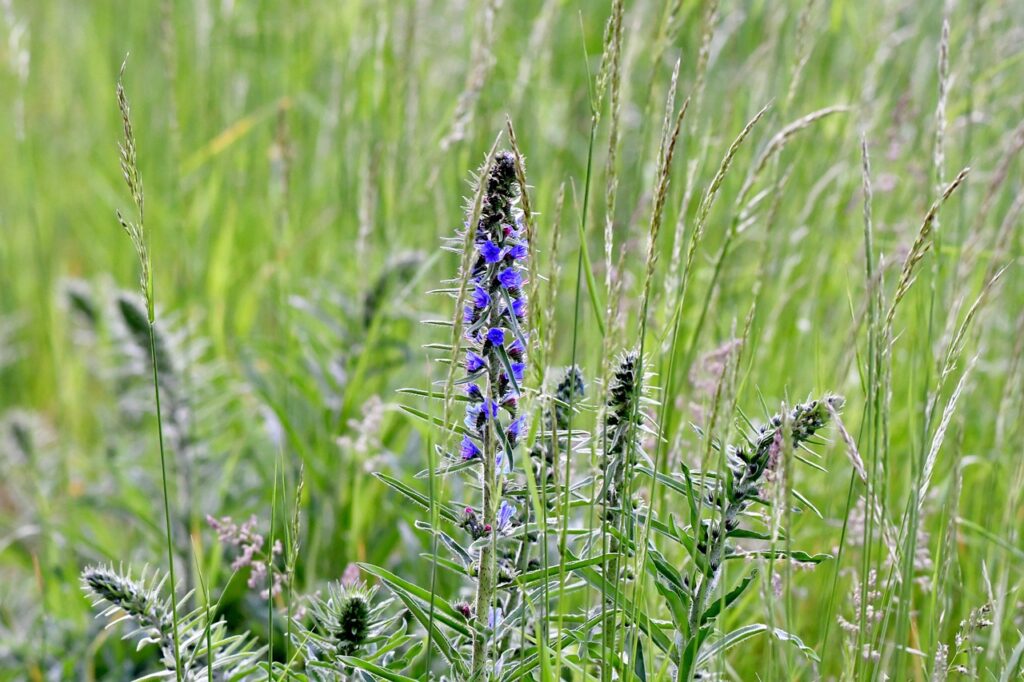
Viper’s Bugloss is hardy, drought-tolerant, and easy to grow even for beginners. Here are some tips to enjoy its beautiful blooms:
Sunlight
Prefers full sun. In shade, growth slows and flowering decreases.
Watering
Very drought-tolerant; water sparingly. In pots, water only after the soil has completely dried.
Soil
Prefers well-drained sandy soil. Heavy clay soils may cause root rot; mix sand or gravel to improve drainage.
Fertilizer
Can grow in poor soils, but a small amount of slow-release fertilizer in spring promotes growth.
Pruning
Cutting back after flowering can encourage reblooming. Remove spent flowers to support new blooms.
Cold tolerance
Withstands cold climates, though mulching provides extra protection in harsh winters.
Conclusion
Viper’s Bugloss is a resilient wildflower native to Europe and Western Asia, thriving in dry conditions and admired for its striking blue-purple flowers.
In the UK, its name is linked with snakes; in Germany and France, it symbolizes endurance and sometimes good fortune.
Once planted as a protective herb in medieval times, it later gained recognition as an ornamental and nectar plant.
Today, it is widely grown in natural gardens and meadows, valued both for its beauty and its role in attracting pollinators such as bees and butterflies.

